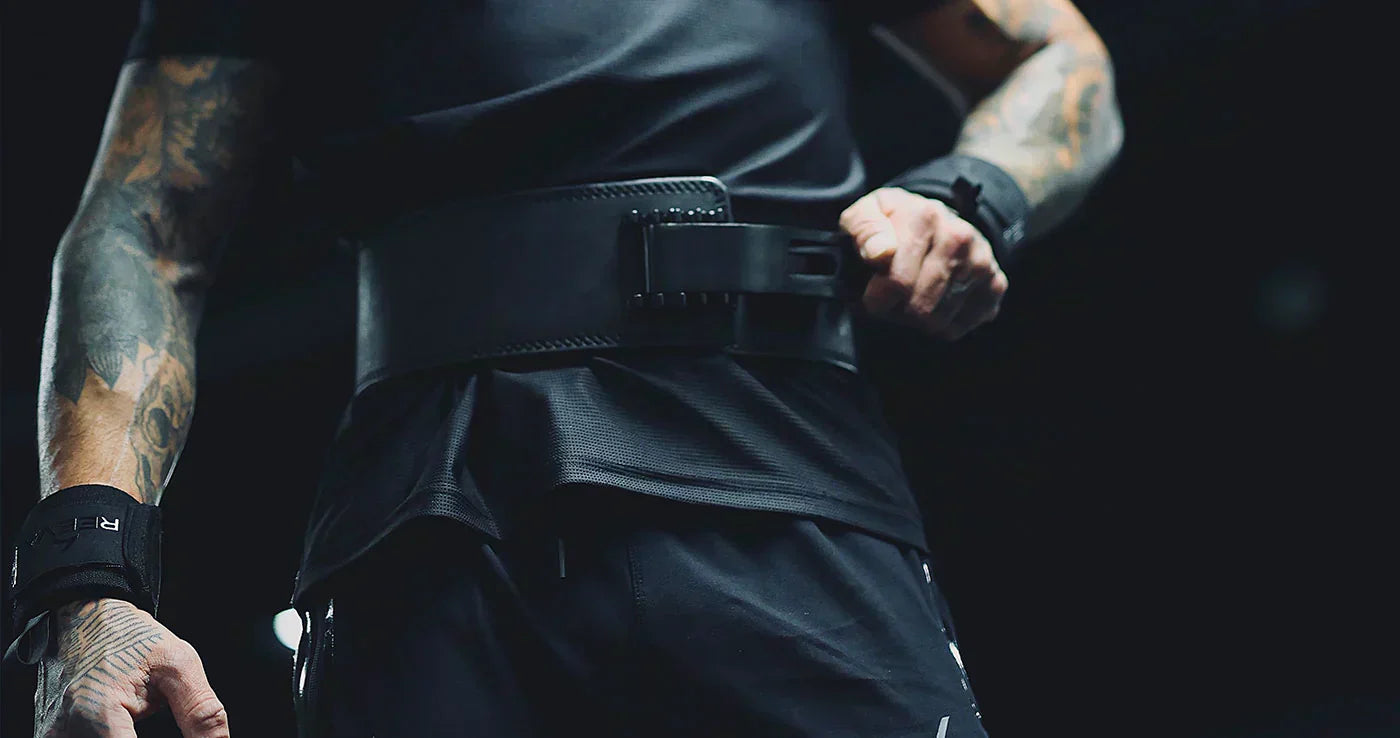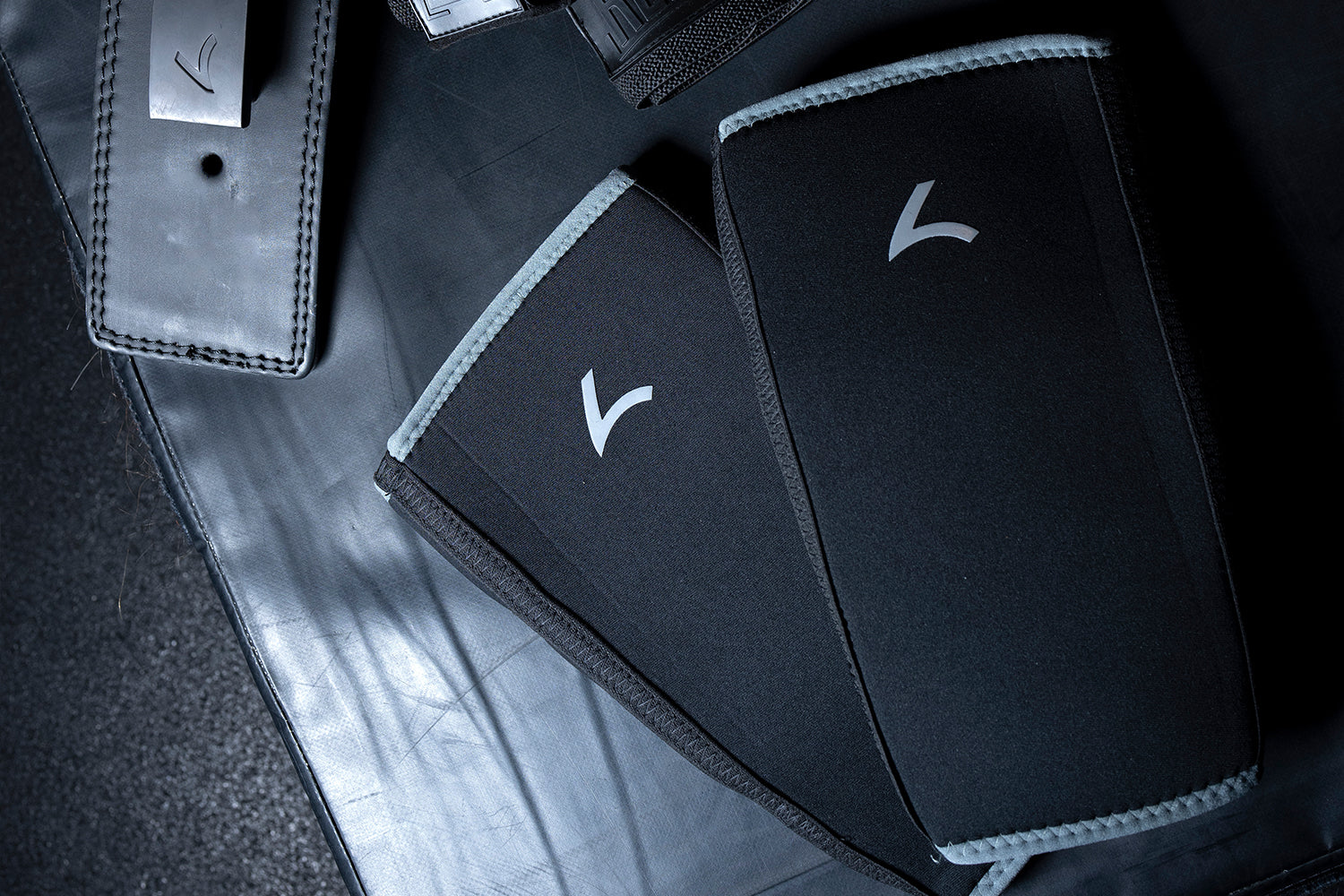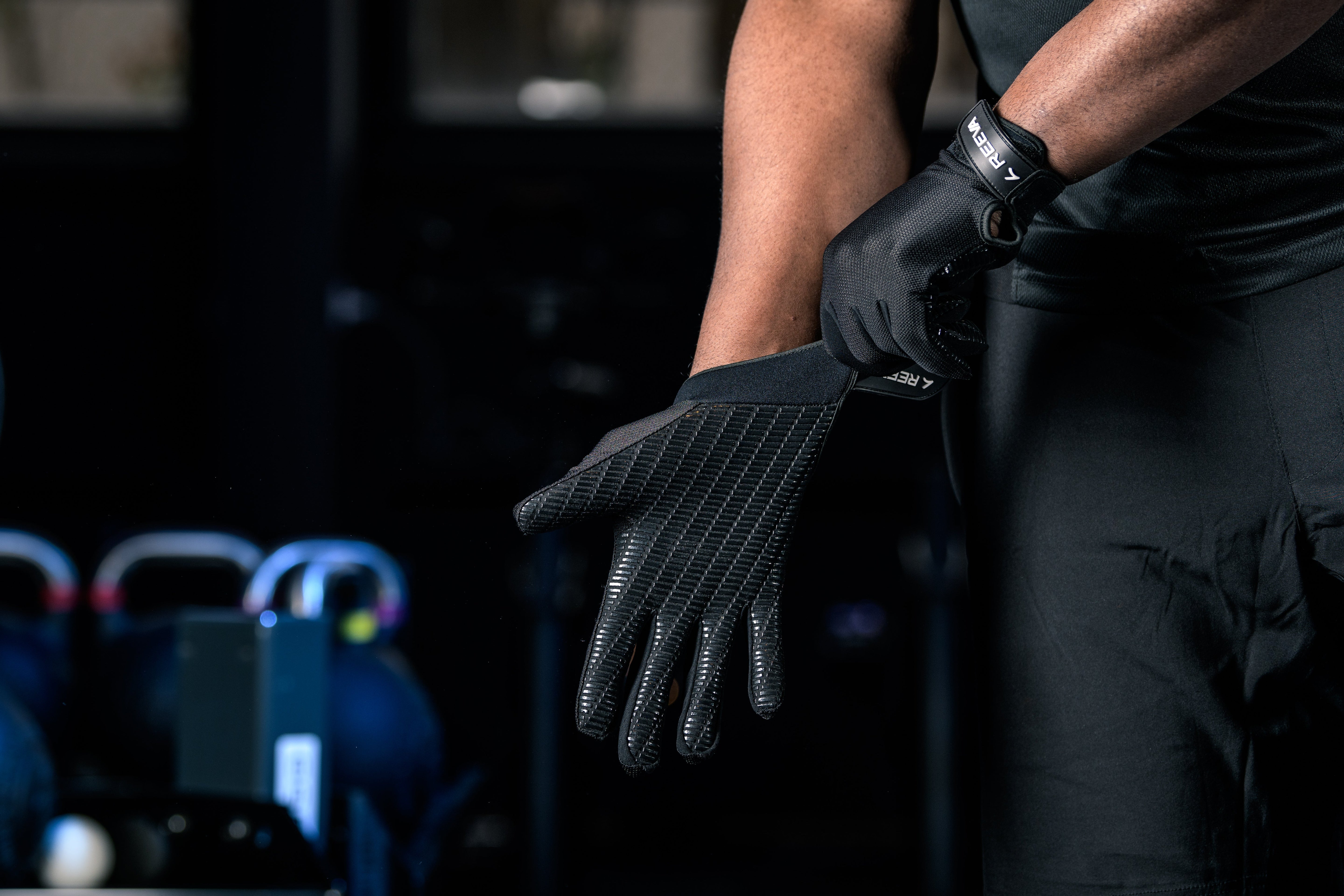A weightlifting belt is a thick, sturdy strap worn around your waist during heavy lifts (squats, deadlifts, presses, etc.). Its purpose is to stabilize your spine and lower back by increasing intra-abdominal pressure. In practice, you take a deep breath and brace your core against the belt; this pushes your abdominal muscles and organs outward, creating a rigid “brace” around the trunk. That added pressure helps maintain a neutral spine and prevents excessive rounding or arching under load. In short, the belt acts like a built-in back support, letting you lift heavier safely by giving your core something solid to push against.
When Should You Wear a Lifting Belt?
“Do I need a lifting belt?” is a common question we hear from lifters. Our advice: Probably not, at first. Beginners and casual gym-goers lifting light to moderate weights should focus on learning proper form and building natural core strength. A belt is not a crutch for sloppy technique. Instead, think of it as a tool to use once you’re handling very heavy loads. Typically, you reach for a belt when you’re lifting near your limits and really bracing under load becomes difficult. For example:
-
Heavy compound lifts: Use a belt for near-max sets of squats, deadlifts, overhead presses, and similar big movements. These exercises put a lot of strain on your lower back, so extra support is helpful.
-
High intensity sets: When you’re doing low-rep or near-maximum lifts (think ~5 reps or fewer), a belt can help stabilize you. On the other hand, you don’t need a belt for warm-ups, high-rep sets, or isolation exercises (benching with a belt has minimal effect, and you certainly don’t need one for leg extensions or curls!).
In practice, ask yourself: Am I lifting a weight that makes me struggle to keep my core braced? If yes (and you’ve already mastered good form), then it’s a good time to use a belt. Using it too early won’t harm you, but you’ll get the most benefit when the loads are heavy enough that that extra abdominal “brace” makes a difference.

Benefits of Wearing a Weightlifting Belt
Using a belt correctly comes with several key advantages:
-
Injury Prevention: By bracing the core and stabilizing the spine, a belt helps prevent lower-back injuries during heavy lifts. The added support offloads some stress from your back muscles and discs, so your spine is better protected under the bar.
-
Improved Performance: A belt gives your torso a firmer foundation. This can allow you to lift heavier weights or complete extra reps. In fact, many lifters find they can push about 10–15% more weight on big lifts when wearing a belt. In practice, breaking through squat or deadlift plateaus often means using a belt to train with heavier sets.
-
Better Form and Posture: The pressure from the belt reminds you to engage your abs and “brace” on every rep. It’s a tactile cue: when your stomach presses into the belt, you know your core is tight. This helps maintain a neutral spine and proper posture, reducing the tendency to round the back when tired.
-
Confidence Boost: Knowing you have that extra support can be a huge mental advantage. A belt gives many lifters the confidence to go for personal records, since they feel their body is safer under a heavy load. In short, part of the benefit is physical, and part is knowing you have a backup if things get tough mid-lift.
Above all, remember: a belt supports but does not replace good technique. As we always say, core training and proper mechanics come first. The belt simply becomes your trusted ally when you’re pushing your limits.

Common Myths about Lifting Belts
Myth – A belt weakens your core. This is probably the most widespread myth. The truth is a belt does not make your abs lazy or weak if used correctly. The only way a belt could hurt your core development is if you stop training your abs and rely on the belt to do all the work. A proper approach is: continue your normal core workouts, and use the belt only when lifting very heavy. In fact, lifting with a belt can sometimes increase core muscle activity (since you’re bracing harder).
Myth – A belt is a crutch or a cheat. We hear people joke that someone “must be weak” because they wear a belt. In reality, top powerlifters and Olympic weightlifters all use belts for the same reason: to lift safely. It’s not cheating – it’s like using any other gear (knee sleeves, shoes, etc.) to perform at your best. However, a belt should not be used to cover up bad form. If you squat with terrible technique, a belt won’t magically fix it. You should view the belt as a performance enhancer for lifts you already execute well. We always tell lifters: “Never use the belt as an excuse for sloppiness”.
Myth – You should wear a belt for every set. Not at all. For most exercises and light workouts, a belt is unnecessary. It’s mainly for your heaviest sets. Unless you’re about to go near failure or a new PR, feel free to train beltless. This approach ensures you build core stability naturally, and only reach for the belt as the load demands more support.
In summary, a weightlifting belt is a tool, not a crutch. Used wisely, it adds safety and power; used poorly, it’s just extra bulk around your waist.
Choosing the Right Lifting Belt
Not all belts are alike. Here are some factors to consider when picking one:
-
Thickness (Support vs. Comfort): Belts generally come in 10 mm or 13 mm thickness. A 10mm belt (≈0.4 inches) is an excellent all-around choice for most lifters. It offers great support while still allowing a bit of flex and a shorter break-in time. A 13mm belt is thicker and stiffer, providing maximum support for very heavy powerlifting. Our Reeva 13mm options (e.g. the Nubik or Carbon belts) are built for advanced lifters aiming for their biggest lifts. Keep in mind a thicker belt may feel tighter at first and take more time to break in.
-
Width: Most lifters prefer a uniform width of about 4 inches (10 cm), and that’s what all Reeva belts have. This width spreads the pressure evenly across your abdomen and lower back. It’s also the maximum allowed in most powerlifting federations, meaning our belts are competition-ready. If you see any narrower belts (some are tapered or 2–3 inches), they may feel less supportive. We stick with 10 cm so you get ideal coverage.
-
Material: Reeva belts come in premium materials. Our Buffalo Leather and Carbon Leather belts are 100% genuine leather. Leather belts are very durable and rigid – they break in over time like a leather glove, eventually molding to your body. We use genuine buffalo leather because it’s tough and comfortable. For those who prefer more flexibility and a softer feel, we also offer the Neoprene Lifting Belt 2.0. It’s made of thick neoprene and secured with a wide Velcro strap. It still creates plenty of intra-abdominal pressure, but with a slightly softer cushion against the body. This neoprene belt is a good entry-level or workout option if you want easy adjustability.
-
Closure: Most belts use either a prong (pin) buckle or a lever buckle. Reeva offers both. A prong buckle is simple and common; a lever buckle (like on some of our Buffalo and Carbon models) lets you snap the belt open/closed quickly and finely adjust tension. Lever belts are very popular for training because they’re easy to remove between sets without re-threading the belt. Choose the style that feels right for you.
Ultimately, the “right” belt depends on your needs. If you’re new, a 10mm leather or neoprene belt is a great start. If you’re an advanced lifter or powerlifter going for max lifts, consider a 13mm leather belt. In any case, check the size charts and get a snug but comfortable fit: the belt should rest above your hips and around your lower back without cutting into you.

Why Choose Reeva Lifting Belts?
At Reeva, our goal is to equip you with gear made for serious lifting. We use top-grade materials and construction, so our belts stand up to the toughest workouts. For example, the Buffalo Leather Lifting Belt (10mm) is crafted from 100% genuine buffalo leather. It’s built for durability and has a relatively short break-in period. We’re so confident in it that we include a lifetime warranty. If you want extra rigidity, the Nubik Leather Lifting Belt (13mm) offers a thicker 13mm design. Both of these leather belts feature sturdy stainless-steel buckles for secure, slip-free fastening.
For those who prefer softer support, our Neoprene Lifting Belt 2.0 is an excellent option. It uses high-quality neoprene with a wide Velcro strap for easy on/off and lifetime warranty on durability. No matter which belt you choose, every Reeva belt is engineered for comfort and security during heavy lifts.
We’ve gathered feedback from hundreds of satisfied lifters (our buffalo belt averages 4.8★ with 239 reviews!), and we continue to refine our designs. As our team likes to say, a good lifting belt should feel like a supportive friend at your back. With Reeva belts, you’re getting the same advice and quality we trust in our own gym routines.
For the full lineup, check out our weightlifting belt collection. There you’ll find all our models (Buffalo, Carbon, Nubik, Neoprene, etc.) and can pick the style that fits your training. Our coaches and engineers stand behind each belt – so gear up with Reeva and lift heavier, safer, and more confidently.




